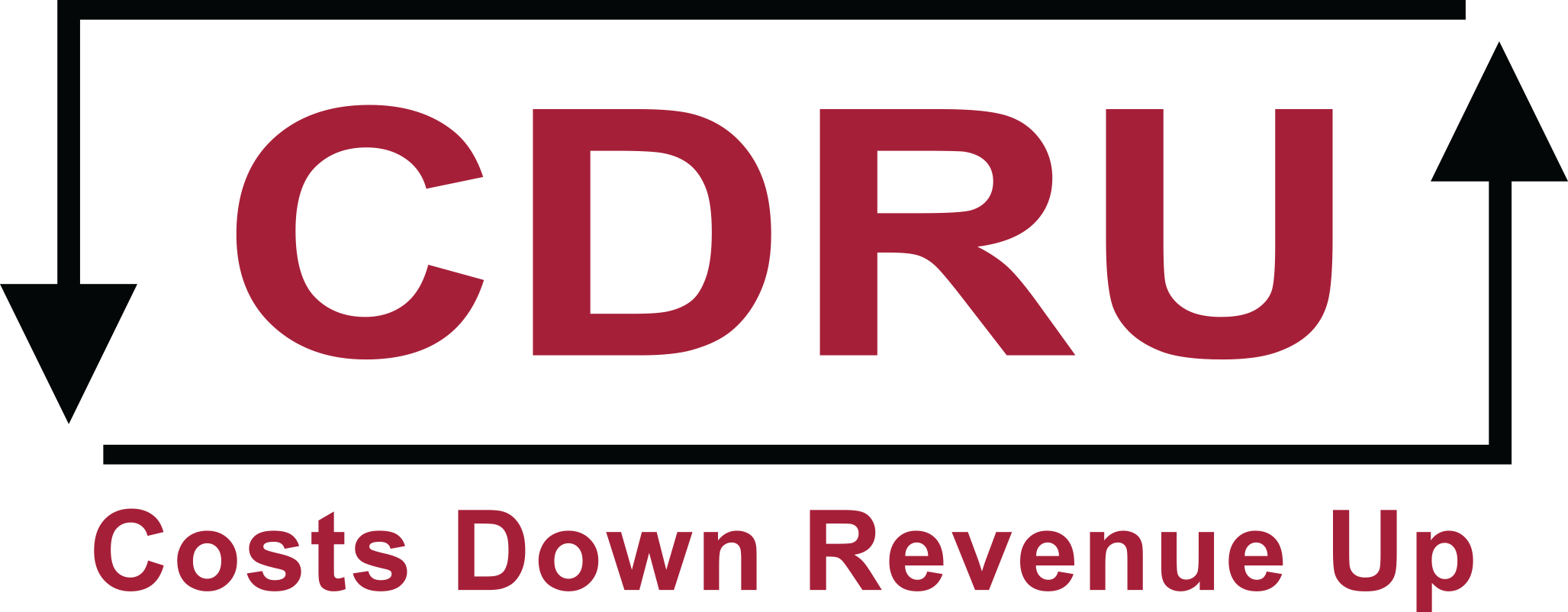Configuration Management Database:
The cornerstone of your IT Service Management
Many organisations take a reactive approach to fixing IT issues that come through from employees, often meaning the root cause remains unresolved and problems continue to resurface.

An easy way to shift to a more proactive approach is to focus on your Configuration Management Database (CMDB).

What are the benefits of CMDB?
Relationship Mapping: Relationships between Configuration Items (CI’s), such as links between servers and applications, can easily be mapped within the CMDB.
Mapping CI’s allows engineers to see the upstream and downstream impacts of the particular CI, enabling effective incident prioritisation, resolution and in many cases, targeted communications.
Incident, problem and change management: A CMDB should be constantly used with nearly all ITIL processes, namely incident, problem and change management.
If you’re using an IT Service Management tool like ServiceNow, having an accurate CMDB will also allow you to automate some catalogue items.
As the ‘self-serve’ strategy is so rife right now, your company could get some very quick wins by just having an accurate CMDB.
Financial Management: Accurate CMDB’s allow for valuable improvements, such as optimisation and cost savings. IT Financial Management Systems, such as ClearCost, can pull CI information to add real value.
Put this alongside your general ledger and suddenly you can see actual spend vs budget, how much an application costs to run and how much you are spending on those 100 servers you never knew existed. An accurate CMDB, with the right IT Financial Management tool, is the perfect combination for a chargeback model.
How does this look in a real business case?
Company X has a dynamic CMDB, all IT Service Management processes and automation are in place.
There is a server at 99% CPU which needs a restart to fix it.
The engineer assigned to the incident can see from CMDB that this server affects an application which is only used by the HR team. The engineer can then invoke an emergency change through change management. Constructing a communication which is targeted specifically to the HR team, informing them of a brief outage while the server is restarted.

As this is the third time it has happened this month, their ITSM Platform has automatically created a problem ticket and linked this to the change and the incident.
Fixing the root cause of this high CPU could prevent future incidents and allow engineers to focus on more burning issues, rather than restarting servers three times a month.
The relevant service manager has also received an alert stating that a server within their remit has had 3 incidents related to it this month.
The CMDB promotes transparency and visibility, allowing anyone with access the ability to see what impacts what.
Not only can an accurate CMDB assist with decision making, it can also propel your company in continual service improvements, such as automation and optimisation, as well as assist with cost savings across the business.

Expert consultants at CDRU, along with our partners, can help you create a well-oiled, accurate CMDB, and even get you started on your optimisation path, so you can finally start charging the business for what they consume. Get in touch to see how we can help you, regardless of where you are on your CMDB journey.



